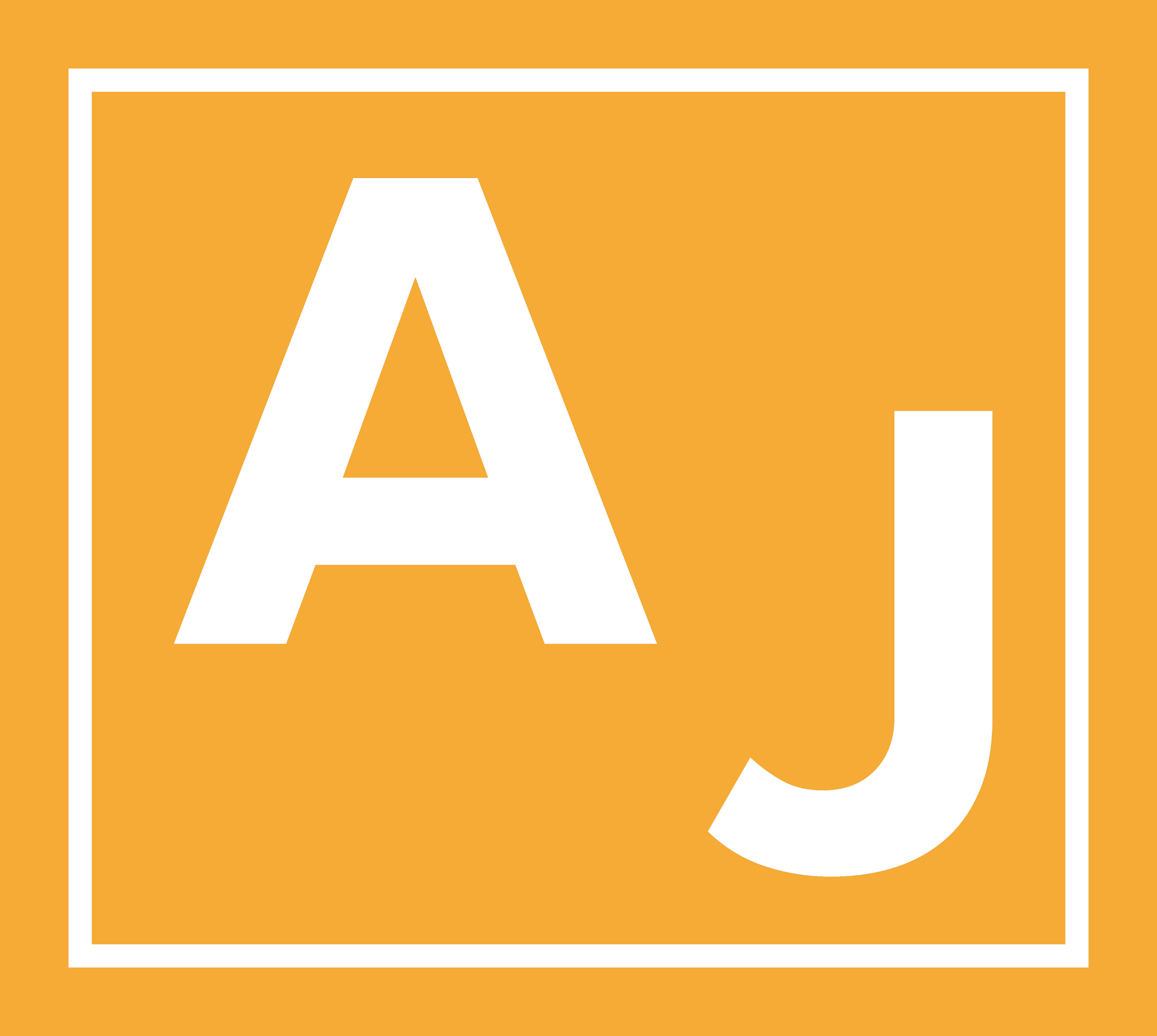New journal article with Ralph Schroeder in Social Media + Society on “Disinformation and the Structural Transformations of the Public Arena: Addressing the Actual Challenges to Democracy”.
Empirical studies consistently show that disinformation on digital media is best understood as a marginal phenomenon regarding reach and causal effects. See for example this instructive Twitter-thread by Hugo Mercier.
Why then does disinformation feature so strongly in the public imagination? We argue that this is a moral panic driven by pervasive but ill-understood transformations of the public arena. Unfocused fears converge on digital deviances du jour but miss underlying transformative shifts.
Focus on disinformation as a digital phenomenon endangering democracy mistakes contemporary conflicts in Western democracies for problems of information quality instead of resulting from deep underlying tensions.
In our article, we instead focus on structural transformations of the public arena and their consequences for democracy:
1. The structural weakening of gatekeepers of the public arena means that elites and publics have come to grip with an open and unruly public arena without following the temptation to automatically delegitimize challenges to the political status quo. At the same time, this raises the importance to establish and continuously maintain the legitimacy and economic basis of institutions democracies rest on in the face of mounting public challenges
2. US-based platforms are important institutions shaping the flow of political information, discourse, and contestation in many Western democracies. As a consequence, they have to accept greater degrees of scrutiny and regulation by international actors while providing greater transparency regarding access, amplification, and moderation of information flows.
3. Digital media also increase the mutual tethering of political elites and publics. Elites try to understand publics through their digital traces. At the same time, their presences of digital media make them visible and reachable for publics. This mutual tethering introduces new biases in the perception of elites and publics that might contribute to polarization or sense of political disconnect and crisis.
4. Finally, in a high-choice media environment, citizens must take on more responsibility for being well-informed, seeking out reliable and diverse sources of information, and supporting a diverse and critical public arena as a means of active political participation.
These structural shifts begin to feature in research but are far from comprehensively understood or discussed in public. But without understanding these processes and their consequences better, we will not be able to address the structural challenges to democracies.
More on how to do this is coming up in autumn, when Ralph and I address these questions in greater detail in a new book Digital Transformations of the Public Arena upcoming with Cambridge University Press.
Until then have a look at the abstract or check out the article.
Abstract: Current debate is dominated by fears of the threats of digital technology for democracy. One typical example is the perceived threats of malicious actors promoting disinformation through digital channels to sow confusion and exacerbate political divisions. The prominence of the threat of digital disinformation in the public imagination, however, is not supported by empirical findings which instead indicate that disinformation is a limited problem with limited reach among the public. Its prominence in public discourse is instead best understood as a “moral panic.” In this article, we argue that we should shift attention from these evocative but empirically marginal phenomena of deviance connected with digital media toward the structural transformations that give rise to these fears, namely those that have impacted information flows and attention allocation in the public arena. This account centers on structural transformations of the public arena and associated new challenges, especially in relation to gatekeepers, old and new. How the public arena serves actually existing democracy will not be addressed by focusing on disinformation, but rather by addressing structural transformations and the new challenges that arise from these.
Andreas Jungherr and Ralph Schroeder. 2021. Disinformation and the Structural Transformations of the Public Arena: Addressing the Actual Challenges to Democracy. Social Media + Society 7(1): 1-13. doi:10.1177/2056305121988928
